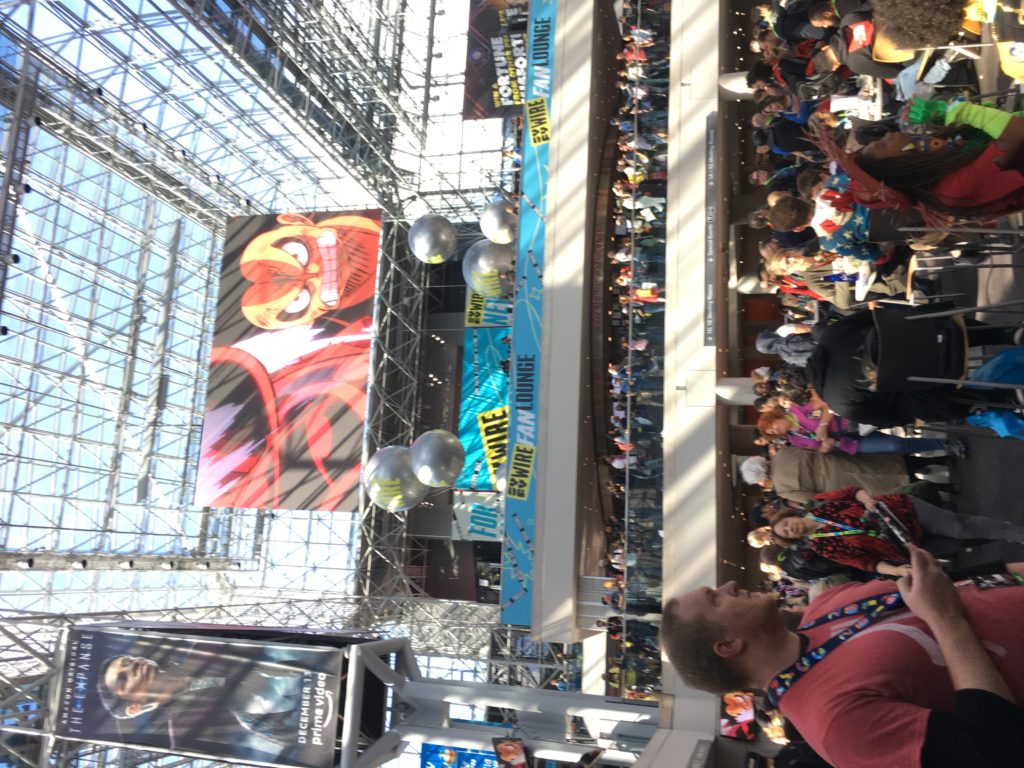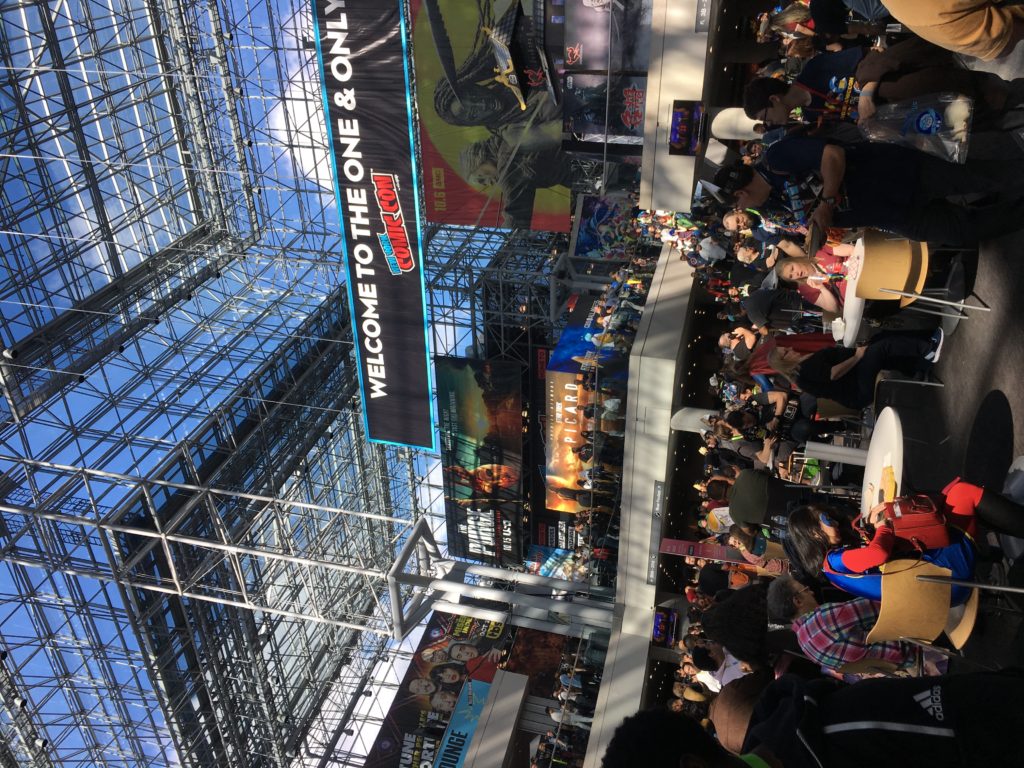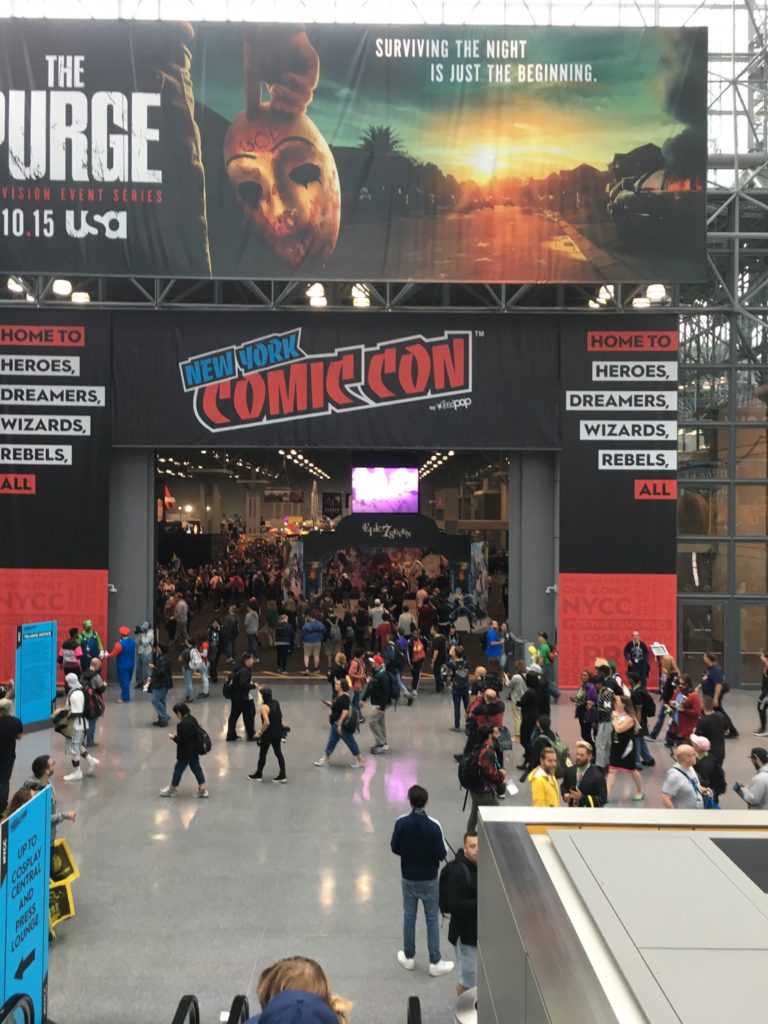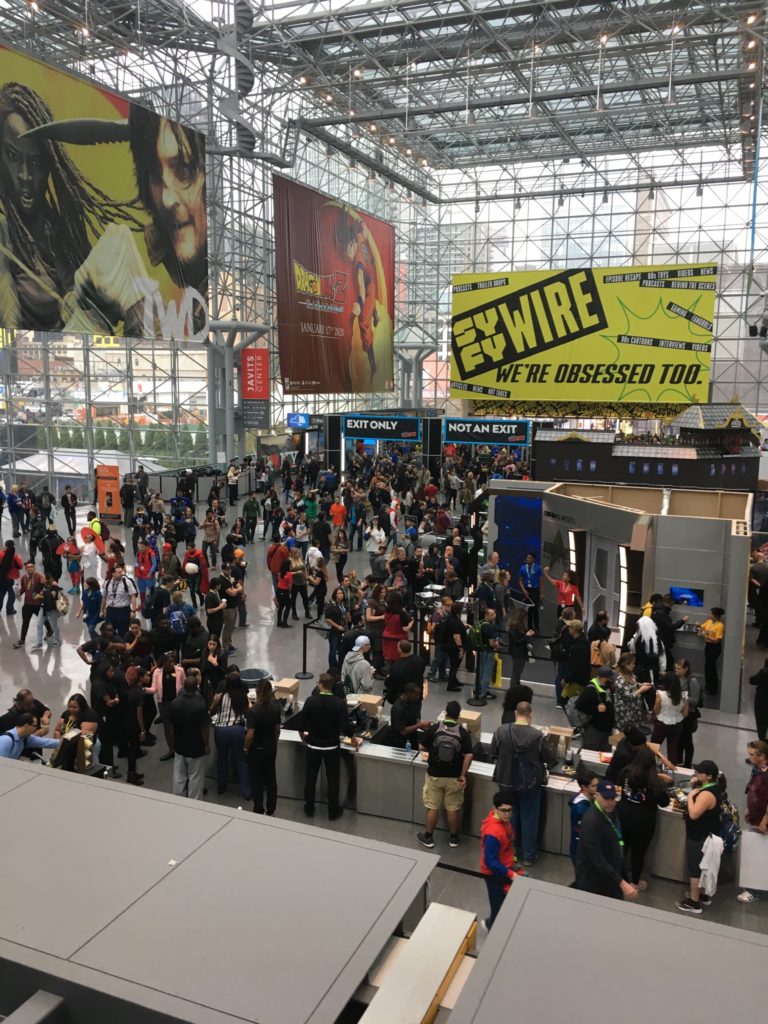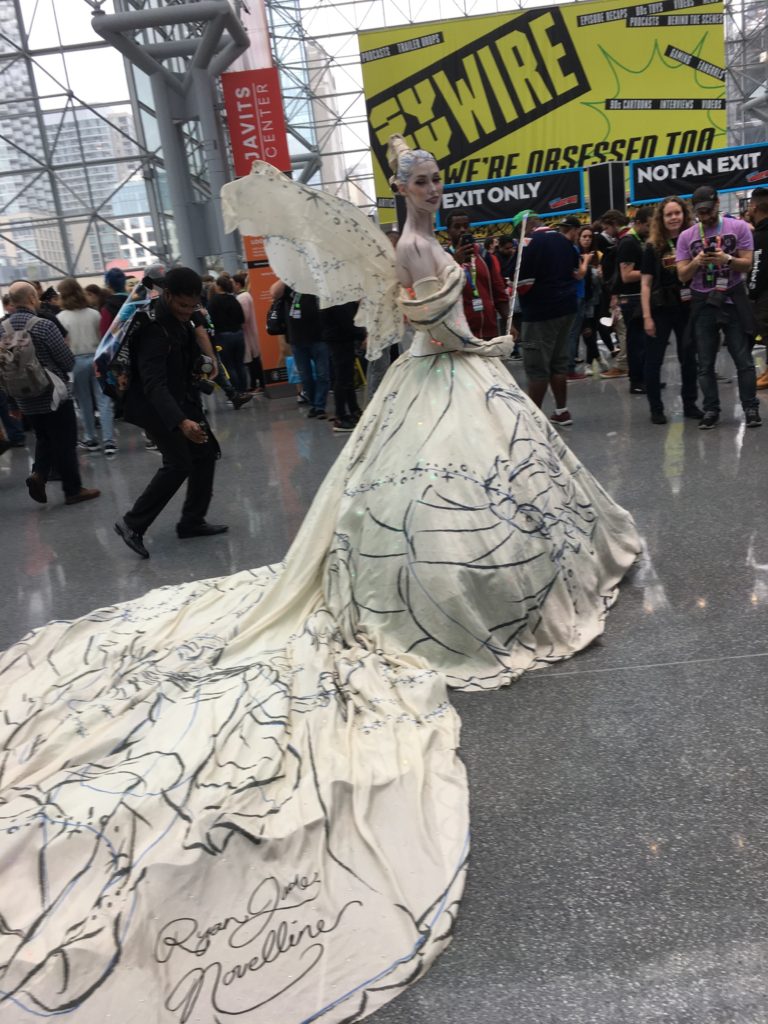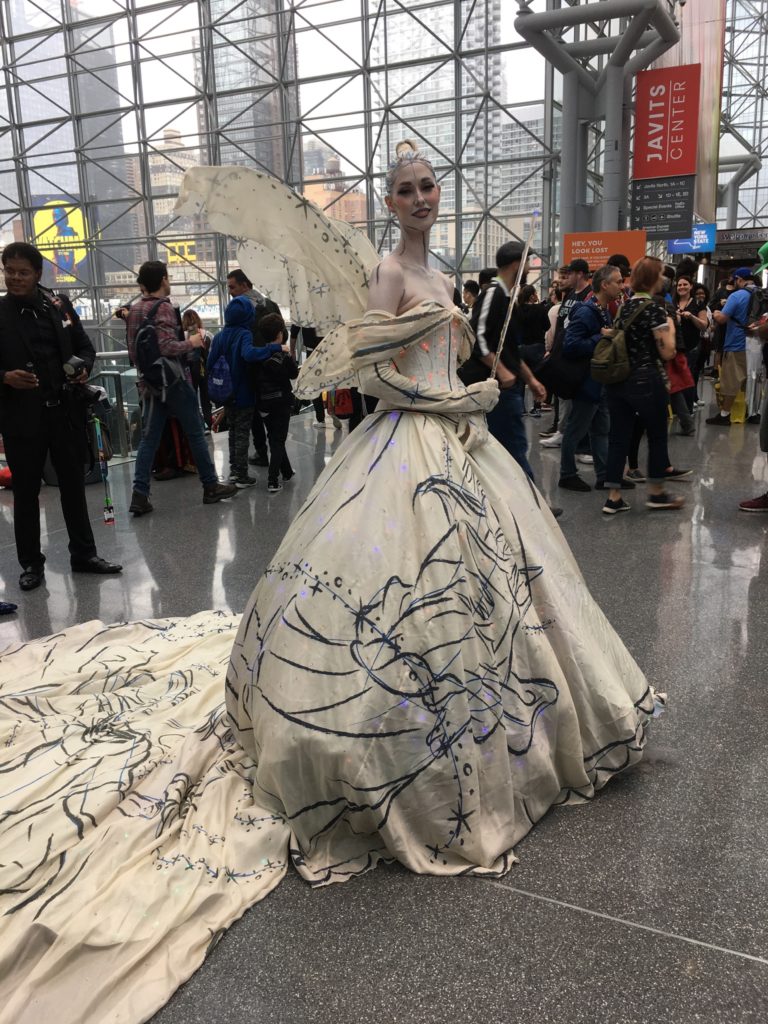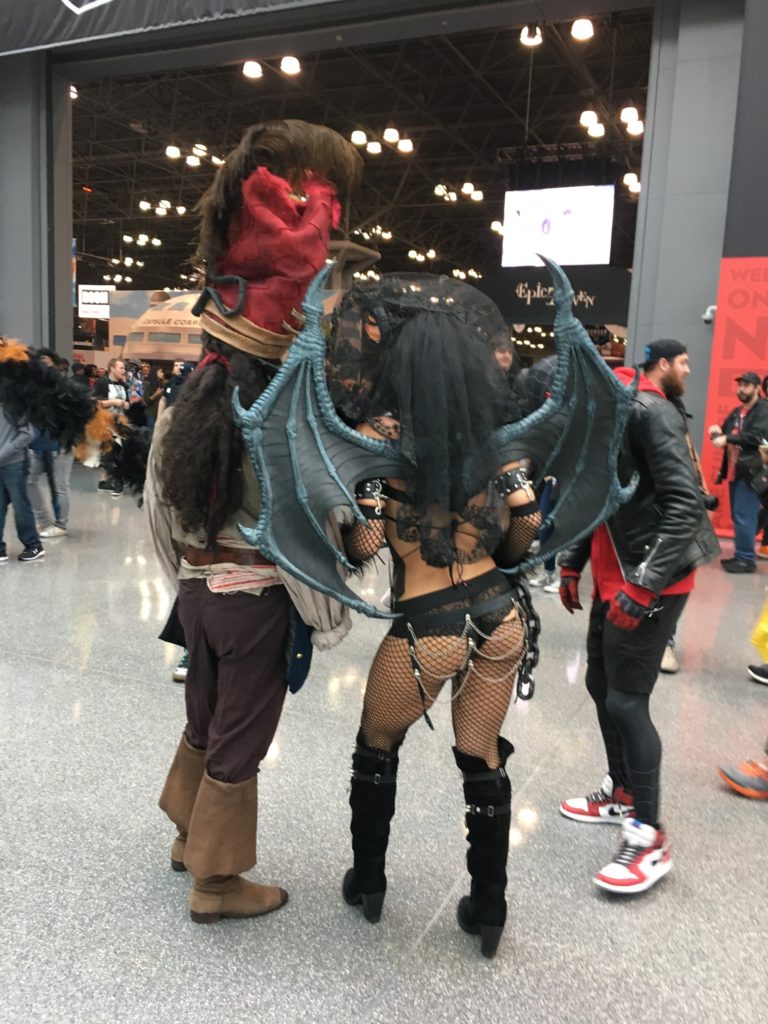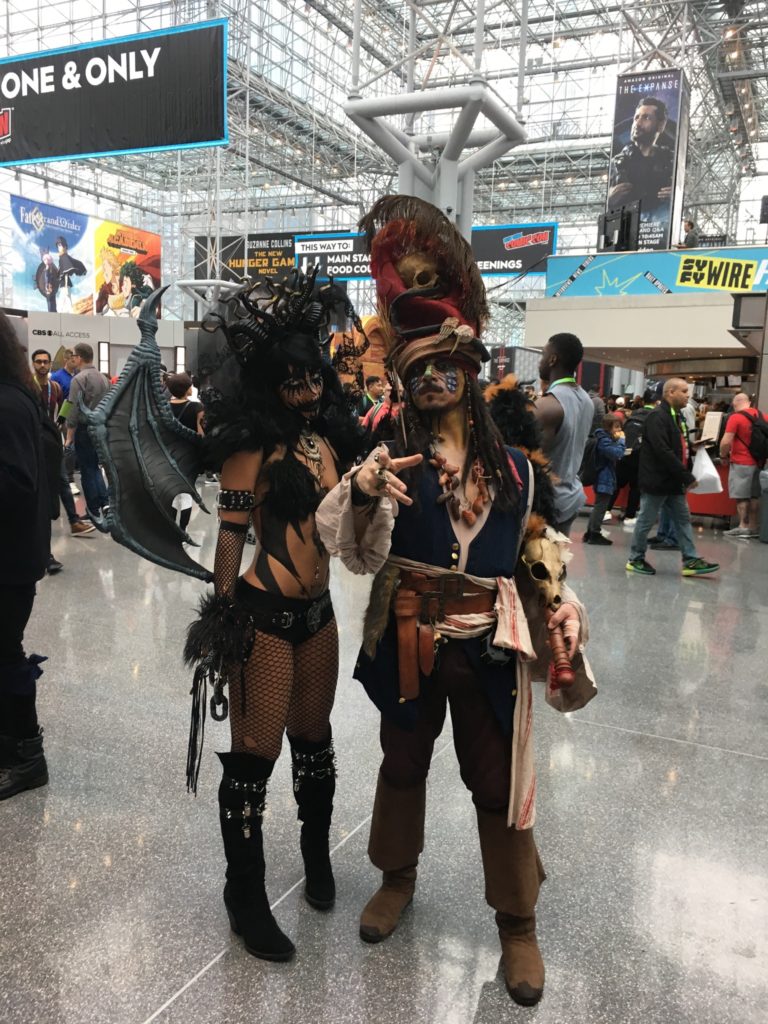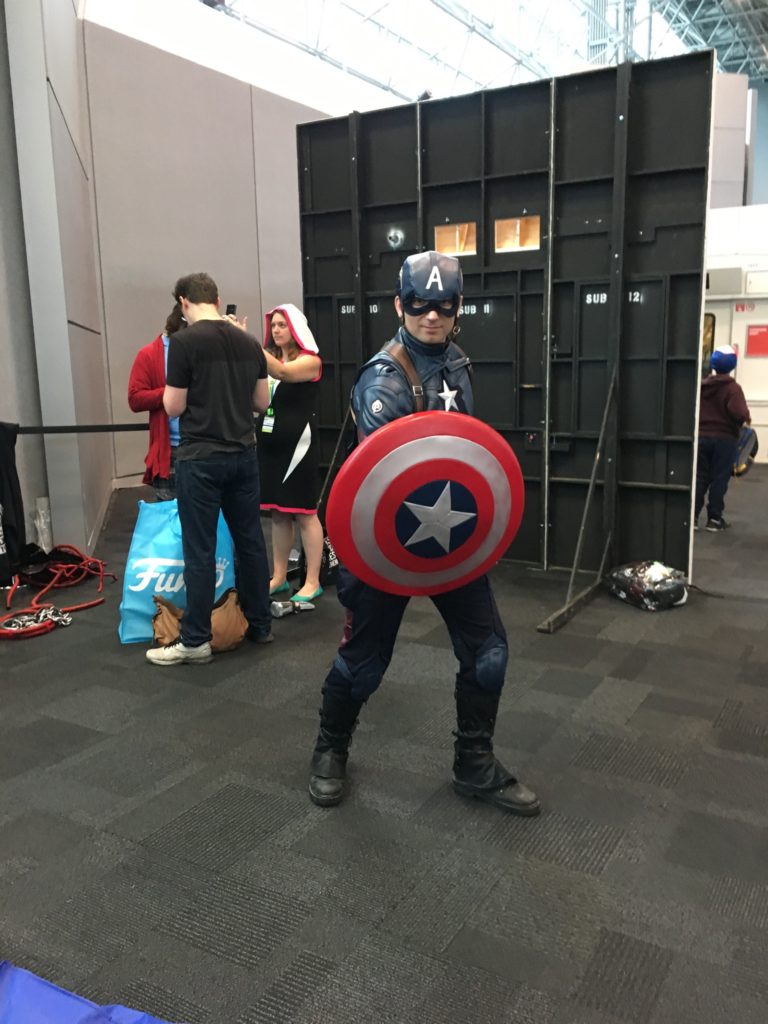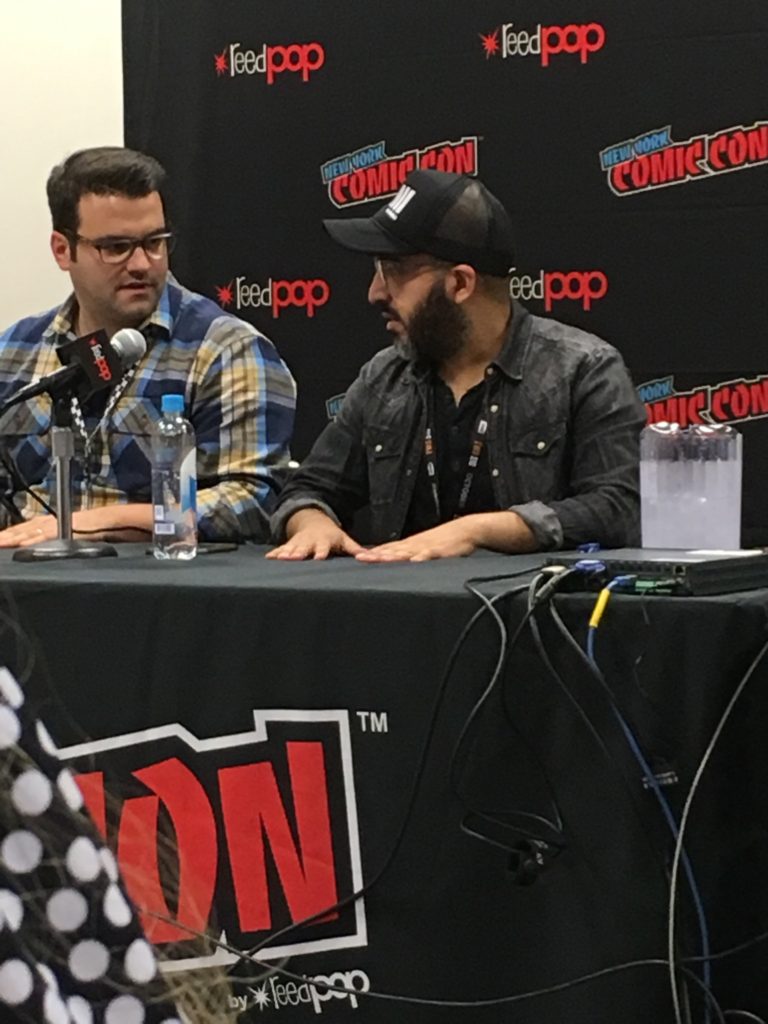Hello, faithful readers! Sorry this Friday post is late. So much going on throughout the day, I have struggled for a quiet moment to compose this post! 😱
Friday morn began early, but without rain! 😁 My Hawiian roommates and I rushed to join several fans from the east coast for a quick breakfast!

The streets of NY show signs of Halloween joy!

An array of beautiful, cheerful pumpkins! 🎃

And, minutes after we walked thru this wee park near Macy’s who should appear? We just missed them! All in the timing! 😜
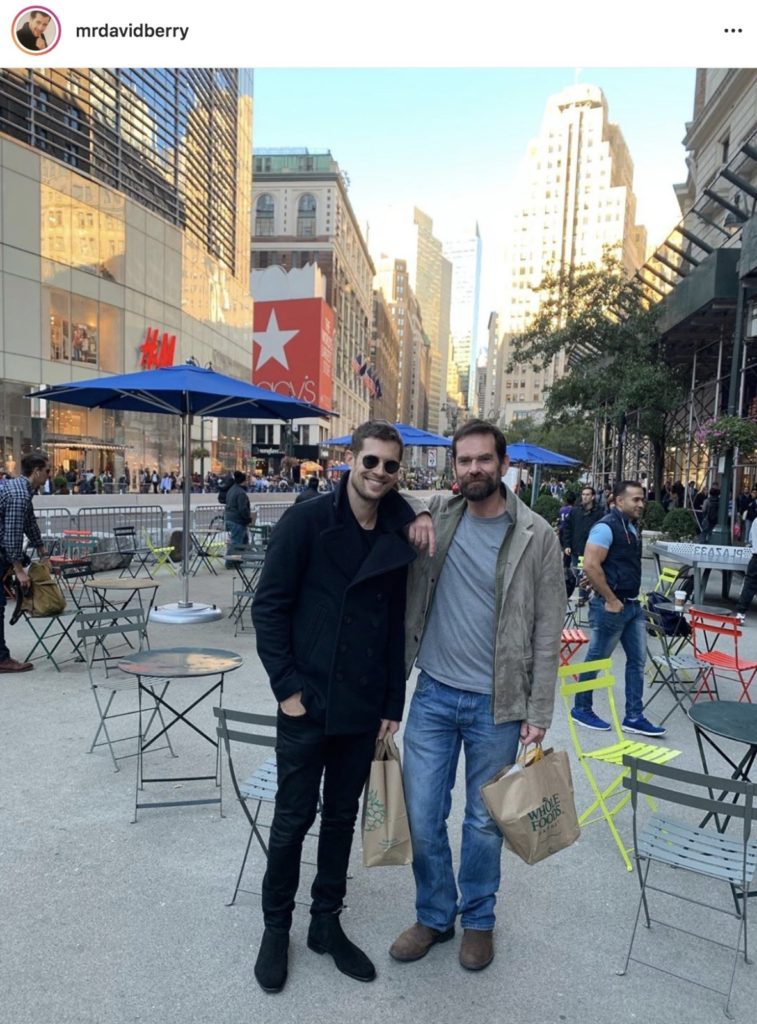
Onto the Javits and Friday’s fare! Passed by the new “Vessel” near Hudson Yard. This is a walking structure for exercise in the city!
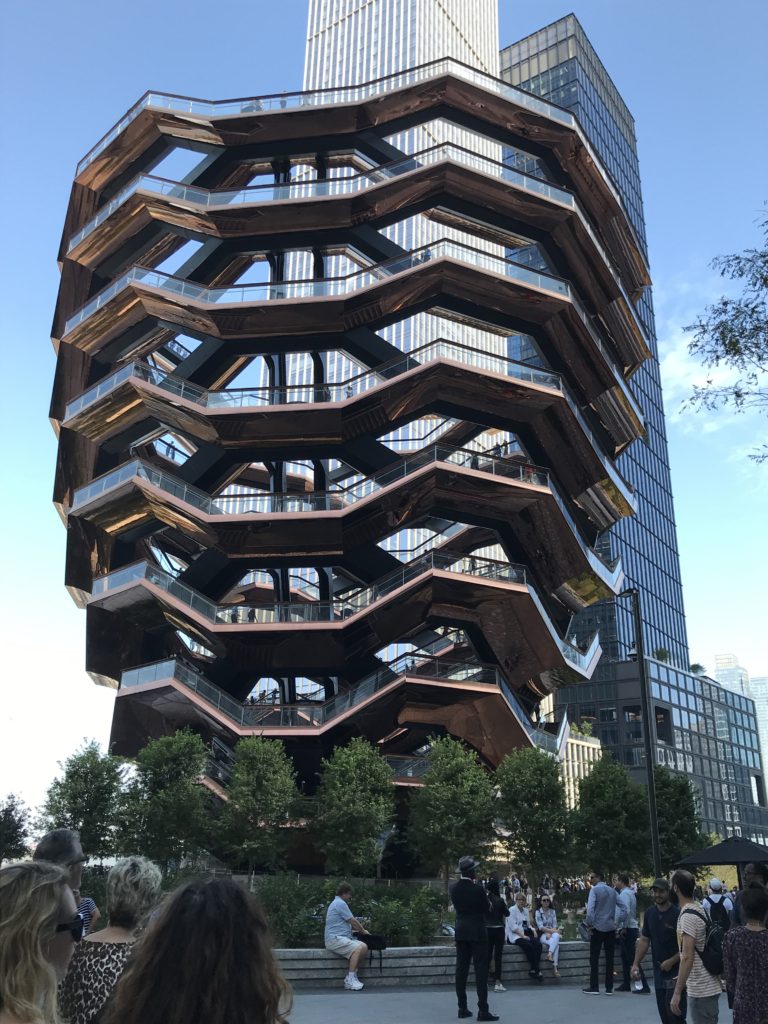
Headed up to the press room and met Ironman, Tony Stark along the way! Terrific likeness!
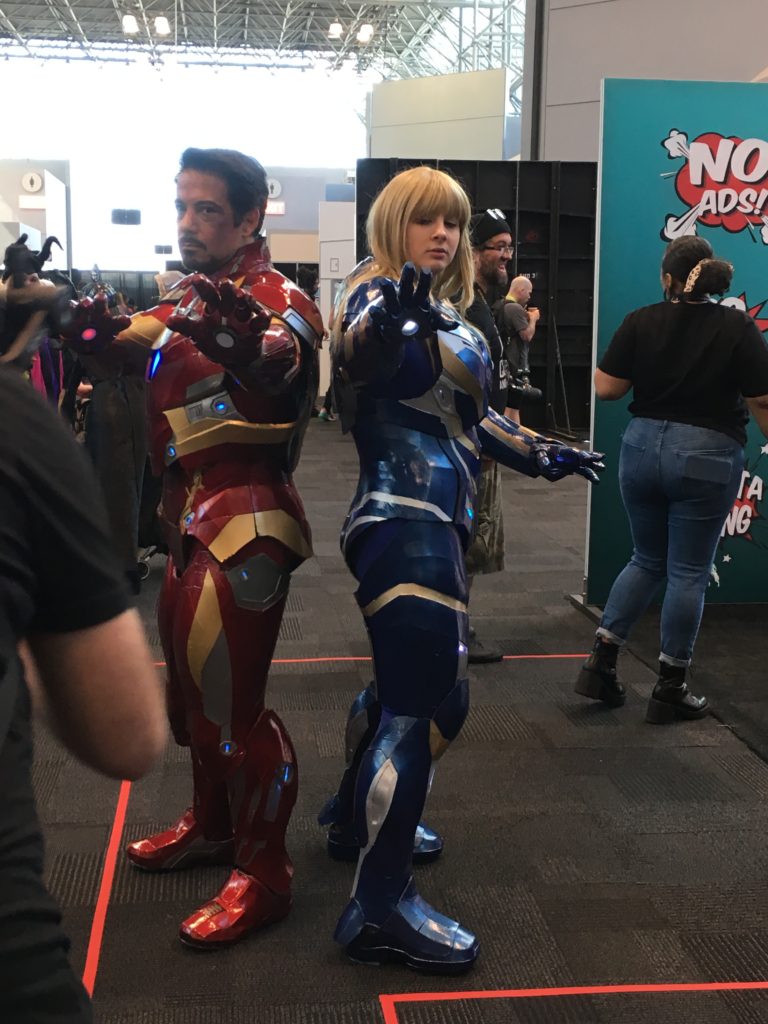
A few minutes in the press room and then sat in on this fascinating panel, “I Love You, 3000!” Timely discussion about deep emotions fans experience about their fav shows, actors, authors!

I couldn’t get near the front, but the discussion explored intense emotions evoked on SM about fan’s fav shows! Including but not limited to: love, passion, anticipation, gratitude, rage, anger, betrayal, disappointment, and many more. These feelings for fictional stories and their characters have been labelled “parasocial” relationships by researchers in the field.
In a nutshell, we Outlander fans are not unique in our feelings. We are so deeply invested in this story!
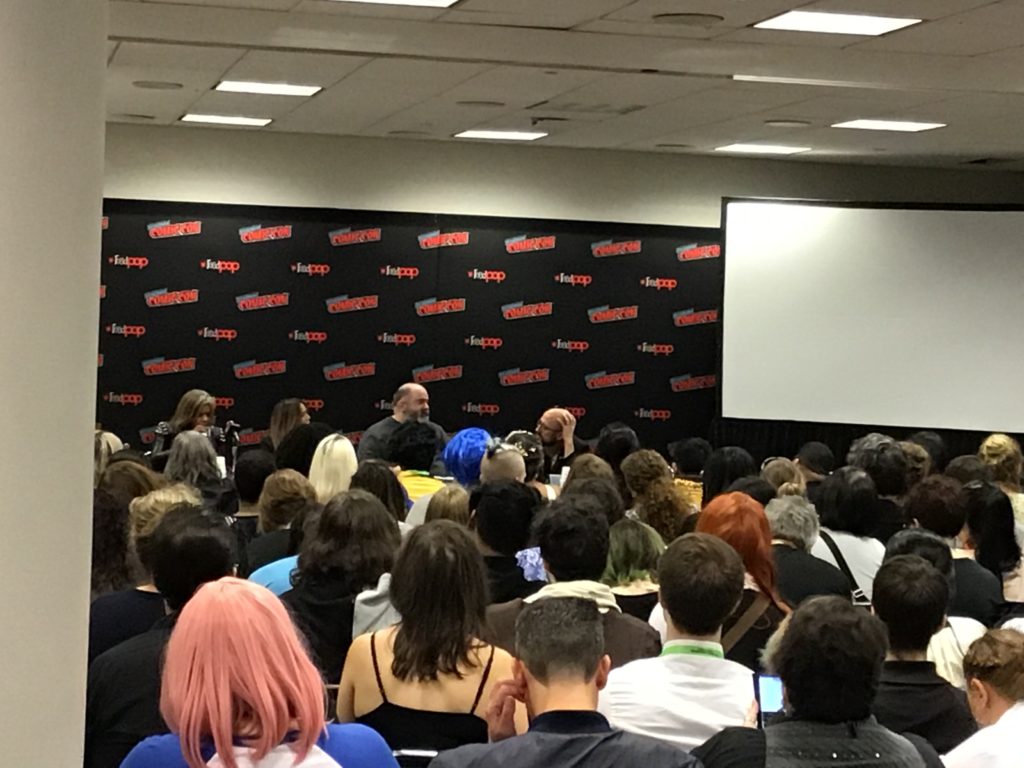
Back onto the floor for a bit more cosplay. Am so impressed with the detail and effort many costumes require!
A very good WonderWoman. This is a popular costume, as one might expect!
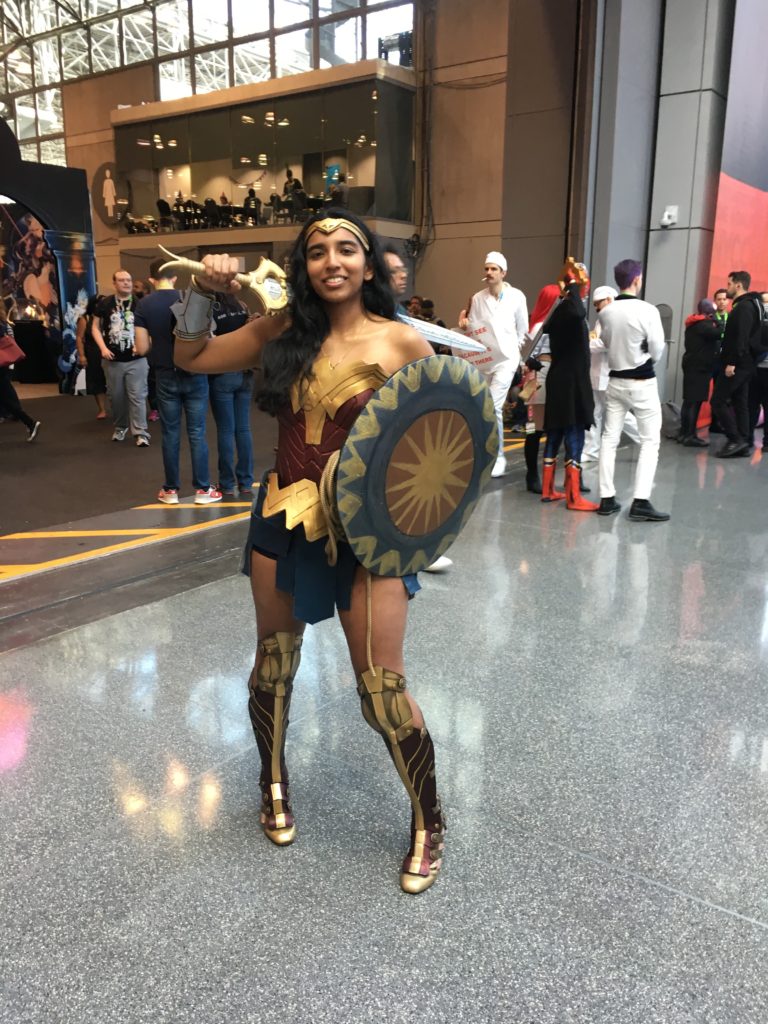
Don’t recognize this deity/being. Do you?
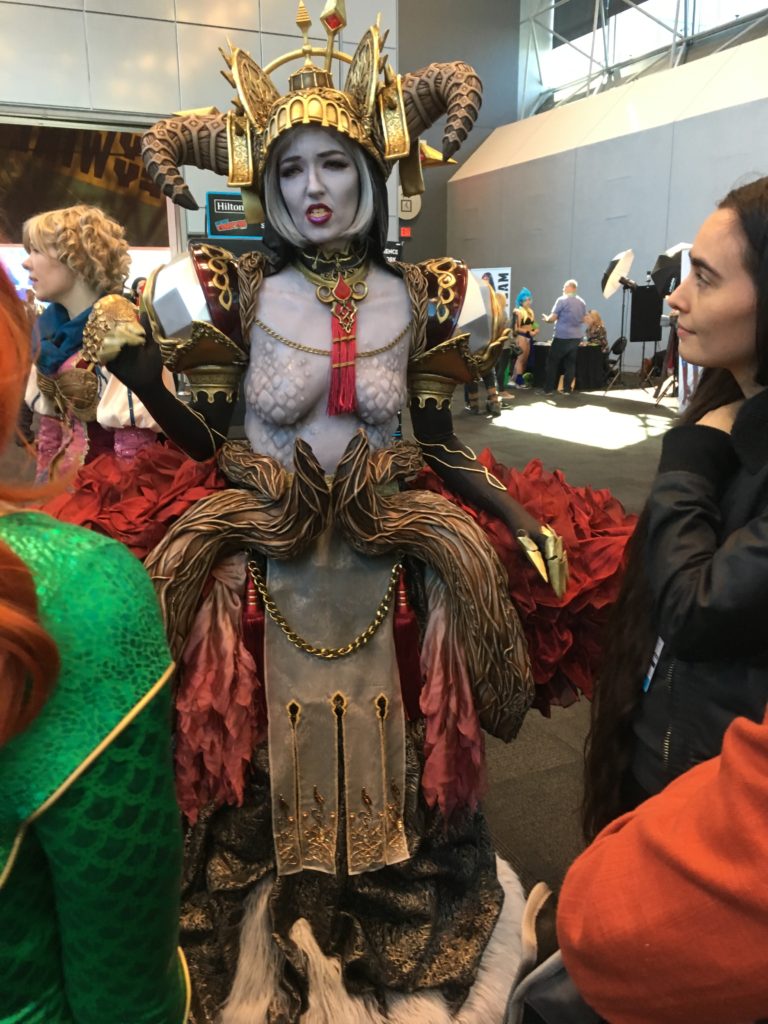
Fairy tale princesses!

And, drawing her arrow! Off I go! 🏃🏻♀️ 😁
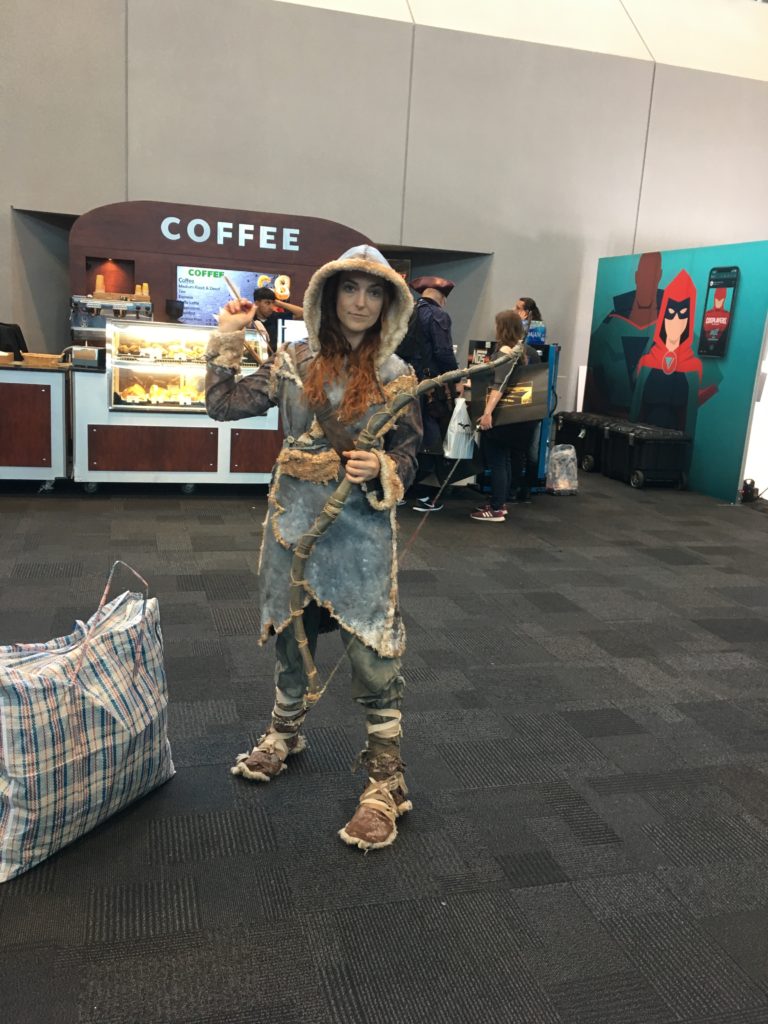
Beautiful scarlet bridal gown! 😲
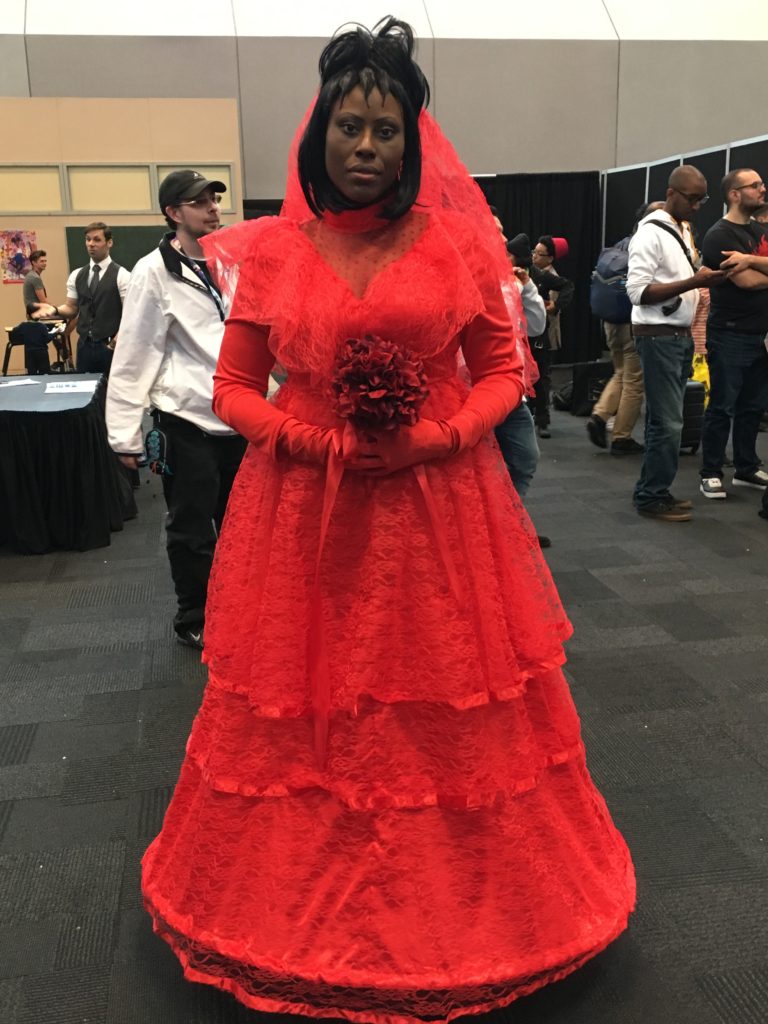
Waited another hour in line for the Castlevania panel. Worth the wait though. Guess who?

Into a new big hall in time for the Castlevania panel featuring our fav uncle! 👊🏻
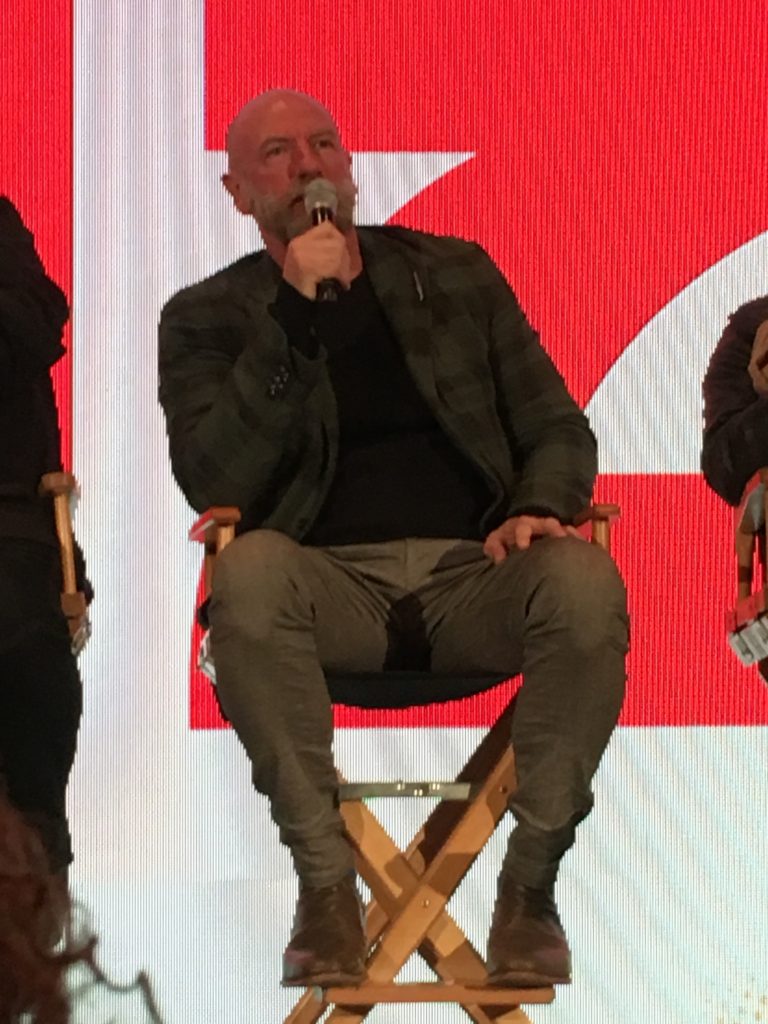
Graham gave interesting responses to several questions. This one is about the experience of voicing Dracula in a recording both by himself! Enjoy his deep and resonant tones! 🤗
Back to the hotel, shower, brush teeth, fall into bed! Repeat!
Took another big bite out of this big 🍎!
The deeply grateful
Outlander Anatomist
Follow me on:
- Twitter @OutLandAnatomy
- Join my Facebook Group: OutlandishAnatomyLessons
- Instagram: @outlanderanatomy
- Tumblr: @outlanderanatomy
- Youtube: Outlander Anatomy
photo credit: Outlander Anatomist, Jeri Sato from Hawaii, and a friendly New Yorker


